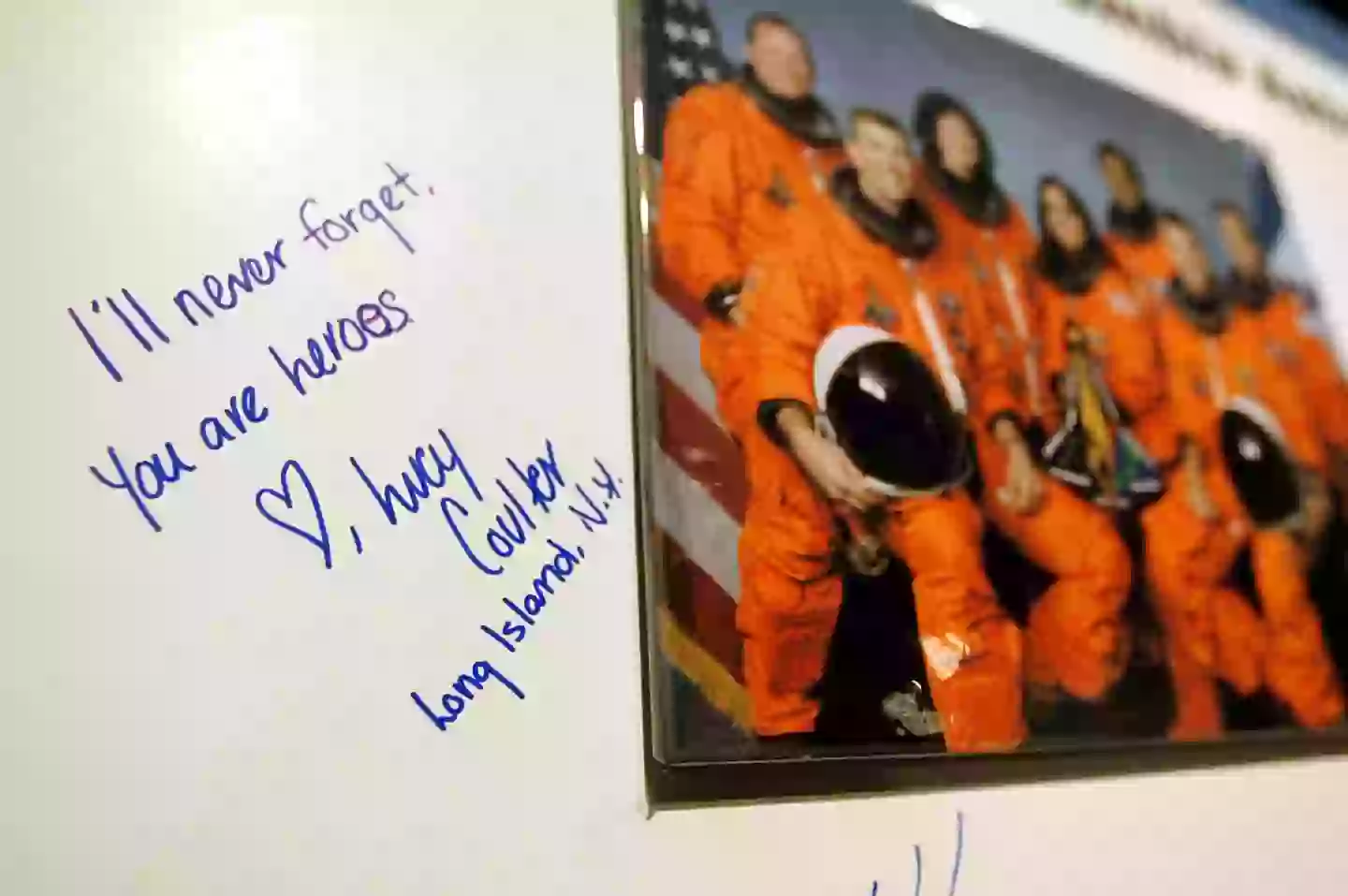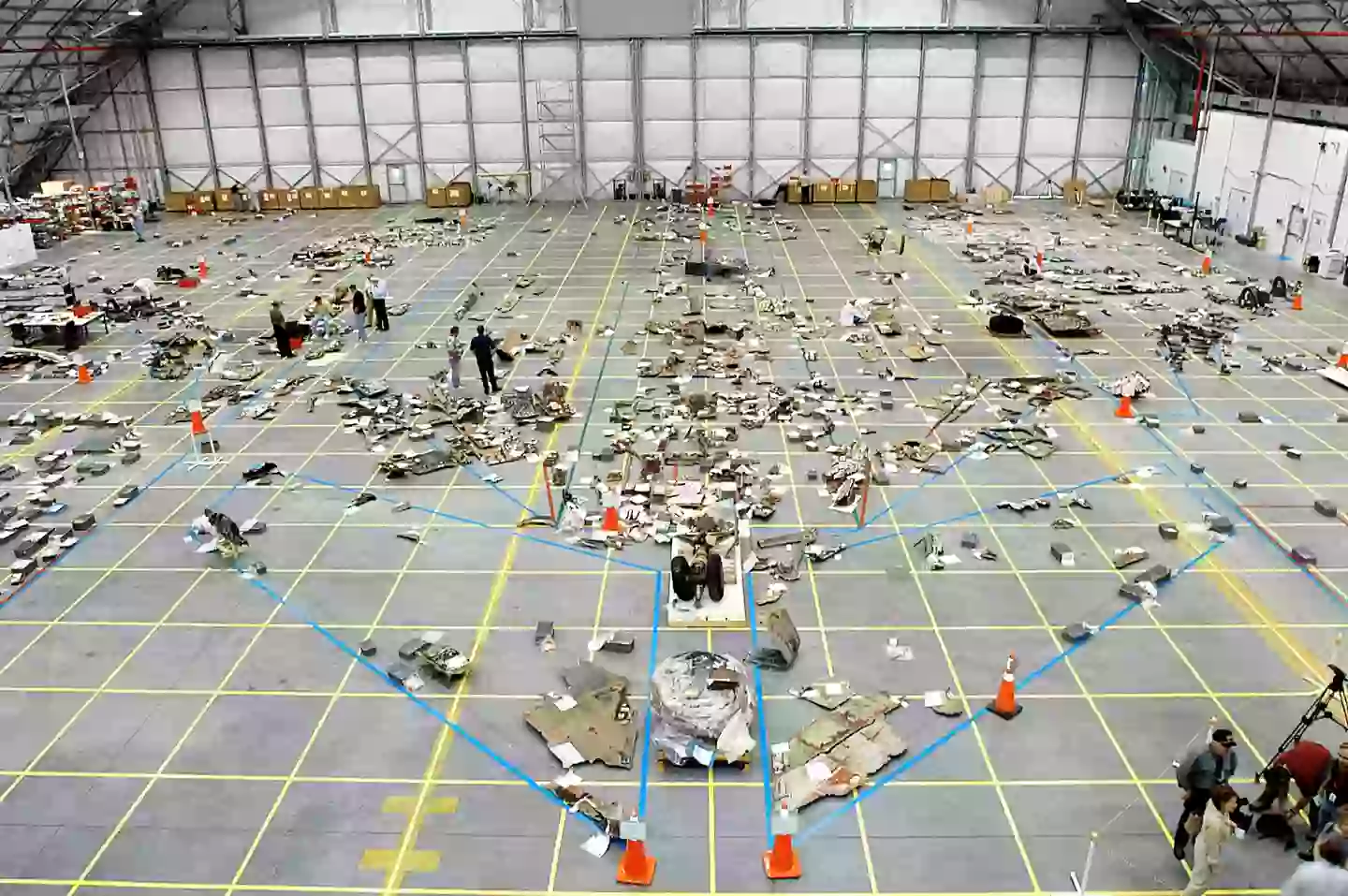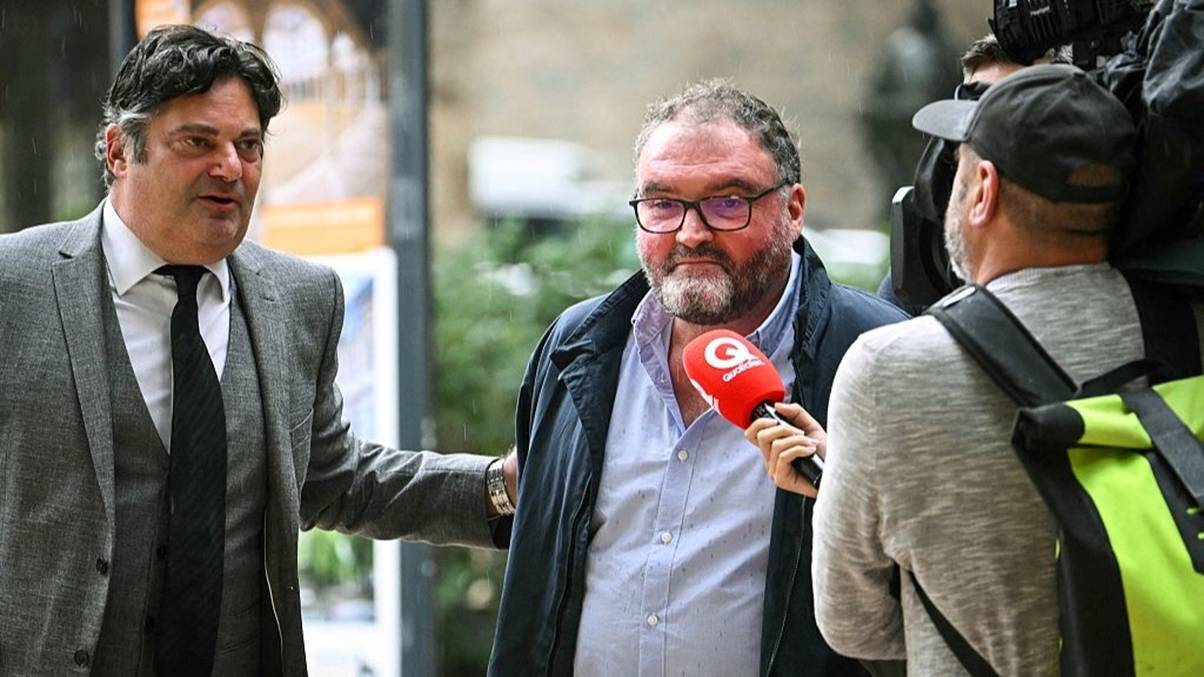Unraveling the Fatal Flaw: The Hidden Moment That Doomed NASA’s Columbia Re-Entry
February 1, 2003 — a date forever etched in the annals of space history, and not for the reasons NASA wanted. Imagine watching a Space Shuttle, something designed to brave the heavens, shred to bits while hurtling back to Earth at breakneck speed. The Columbia disaster didn’t just rattle the space community; it shook the entire world, wiping out seven brave astronauts in a blink and sending shockwaves through NASA’s safety playbook. What’s baffling — and frankly a bit tragic — is how a tiny chunk of foam, less than two pounds but traveling like a bullet, punched a fatal hole that led to this catastrophe. It nearly feels like a cosmic joke: How does something so seemingly insignificant cause such a monumental failure? But behind the heartbreak lies a stark lesson about hubris, risk, and the perilous pursuit of knowledge. Here’s the story of the Columbia crew’s final mission, the missteps that led to disaster, and how one of NASA’s darkest days reshaped the future of space travel forever. LEARN MORE
On 1 February, 2003, the world watched in shock as Space Shuttle Columbia disintegrated during re-entry into the Earth’s atmosphere.
The tragic incident killed all seven astronauts on board and raised serious concerns about the safety and procedures of the NASA shuttle program.
The Columbia shuttle had launched on 16 January, 2003, for mission STS-107.
The crew included commander Rick Husband, pilot William McCool, payload commander Michael Anderson, mission specialists Kalpana Chawla, David Brown, and Laurel Clark, as well as Israeli payload specialist Ilan Ramon.

Front pages of British newspapers reporting the accident of Space Shuttle Columbia (ODD ANDERSEN/AFP via Getty Images)
The mission was considered routine, focused on scientific research. The shuttle completed its 16-day journey in orbit without major issues.
However, disaster struck just 82 seconds after launch when a piece of foam insulation from the shuttle’s external fuel tank broke off and struck the left wing. The foam weighed about 1.67 pounds and hit the wing at roughly 500 miles per hour.
Although engineers saw video footage showing the foam strike, NASA concluded it was not a serious risk, a decision that would later prove fatal for the crew members aboard.

The tragedy killed all seven astronauts on board (Mario Tama/Getty Images)
Upon re-entry into Earth’s atmosphere, the damage to the wing allowed superheated gases to penetrate the shuttle’s internal structure.
As the shuttle descended at speeds above Mach 18, it began to break apart over Texas at around 9 am Eastern Time. Debris scattered across several US states, including Texas, Louisiana, and Arkansas.
Investigating the aftermath
NASA launched an extensive investigation into the cause of the disaster.
The Columbia Accident Investigation Board concluded that the foam strike had created a hole in the shuttle’s thermal protection system on the left wing. This allowed the heat of re-entry to destroy the wing’s internal structure, leading to a loss of control.
NASA grounded the entire shuttle fleet for over two years while it implemented new safety measures, adding onboard inspection tools and developing new emergency rescue options for future flights.
The shuttle program resumed with Discovery in 2005.
NASA learning from its mistakes
More than two decades later, the Columbia disaster still serves as a reminder to NASA about the dangers of space travel, and more significantly, the importance of listening to its engineers.

Debris from the Space Shuttle Columbia (NASA/Getty Images)
The tragedy also pushed NASA to rely more heavily on robotic missions and to eventually partner with private companies like SpaceX and Boeing for safer, cost-effective ways to reach space.
The Columbia crew gave their lives in the pursuit of knowledge. Their mission and its tragic ending remain a powerful reminder of both the promise and the dangers of space exploration.














